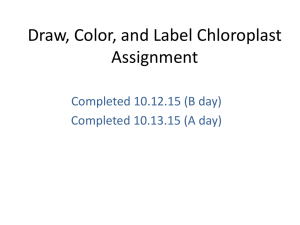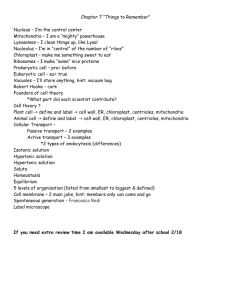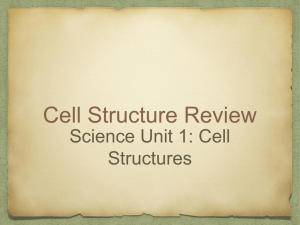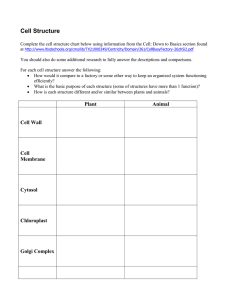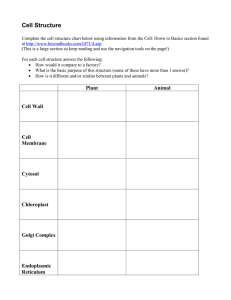ORGANELLAR DIVISION AND VESICULAR TRANSPORT DURING CELL DIVISION IN PHAEODACTYLUM TRICORNUTUM
advertisement
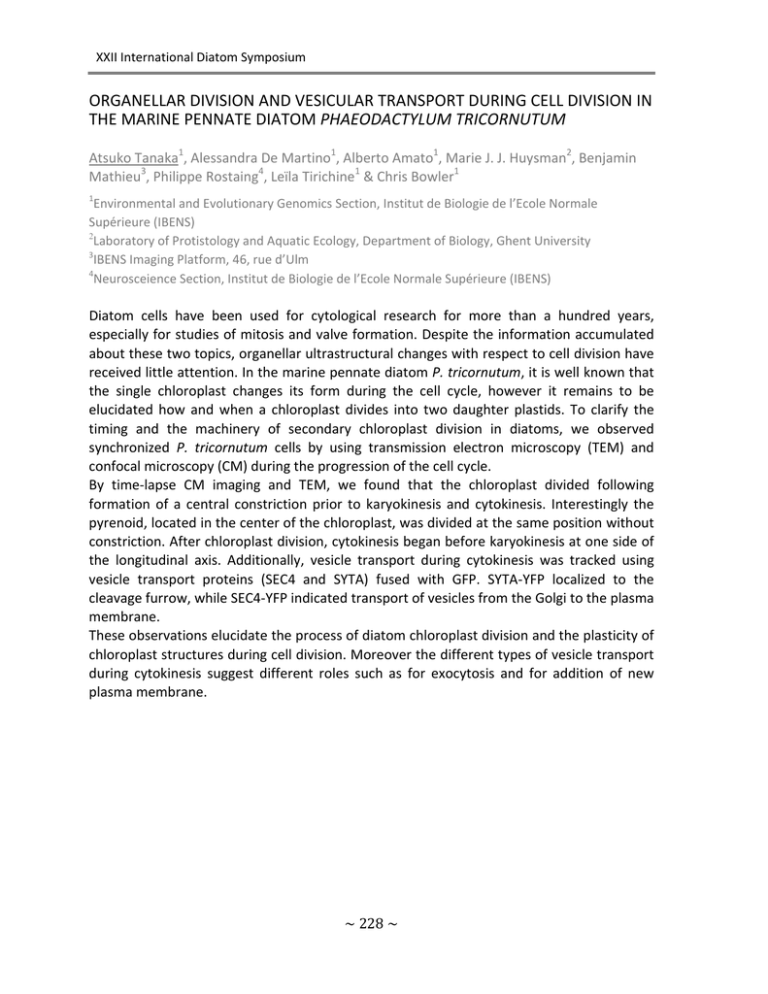
XXII International Diatom Symposium ORGANELLAR DIVISION AND VESICULAR TRANSPORT DURING CELL DIVISION IN THE MARINE PENNATE DIATOM PHAEODACTYLUM TRICORNUTUM Atsuko Tanaka1, Alessandra De Martino1, Alberto Amato1, Marie J. J. Huysman2, Benjamin Mathieu3, Philippe Rostaing4, Leïla Tirichine1 & Chris Bowler1 1 Environmental and Evolutionary Genomics Section, Institut de Biologie de l’Ecole Normale Supérieure (IBENS) 2 Laboratory of Protistology and Aquatic Ecology, Department of Biology, Ghent University 3 IBENS Imaging Platform, 46, rue d’Ulm 4 Neurosceience Section, Institut de Biologie de l’Ecole Normale Supérieure (IBENS) Diatom cells have been used for cytological research for more than a hundred years, especially for studies of mitosis and valve formation. Despite the information accumulated about these two topics, organellar ultrastructural changes with respect to cell division have received little attention. In the marine pennate diatom P. tricornutum, it is well known that the single chloroplast changes its form during the cell cycle, however it remains to be elucidated how and when a chloroplast divides into two daughter plastids. To clarify the timing and the machinery of secondary chloroplast division in diatoms, we observed synchronized P. tricornutum cells by using transmission electron microscopy (TEM) and confocal microscopy (CM) during the progression of the cell cycle. By time‐lapse CM imaging and TEM, we found that the chloroplast divided following formation of a central constriction prior to karyokinesis and cytokinesis. Interestingly the pyrenoid, located in the center of the chloroplast, was divided at the same position without constriction. After chloroplast division, cytokinesis began before karyokinesis at one side of the longitudinal axis. Additionally, vesicle transport during cytokinesis was tracked using vesicle transport proteins (SEC4 and SYTA) fused with GFP. SYTA‐YFP localized to the cleavage furrow, while SEC4‐YFP indicated transport of vesicles from the Golgi to the plasma membrane. These observations elucidate the process of diatom chloroplast division and the plasticity of chloroplast structures during cell division. Moreover the different types of vesicle transport during cytokinesis suggest different roles such as for exocytosis and for addition of new plasma membrane. ~ 228 ~
